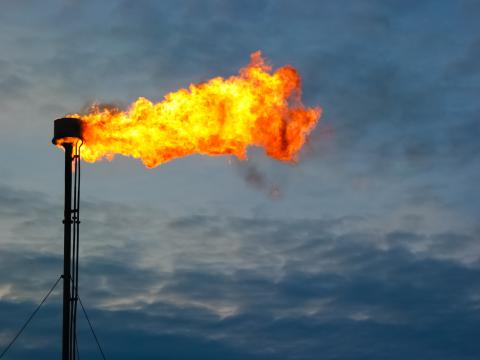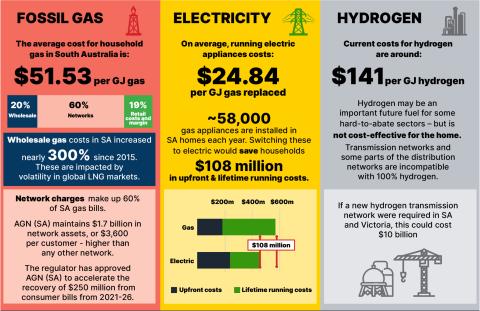IEEFA update: Offshore wind emerging as viable new source of clean energy in Asia
October 22, 2019 (IEEFA Australia): Joining solar and onshore wind, offshore wind is gaining pace as the third go-to investment in the race to replace emissions-heavy fossil fuel imports with cheap sustainable domestic renewables around the world, finds a new IEEFA briefing note released today.
Entitled Offshore Wind Ready to Be Key Part of Energy Mix Globally – Top European Developers to Drive Down Costs in Asia Pacific, the note highlights that offshore wind shares the same advantages that solar and onshore wind carry.
“Similar to solar and onshore wind, there have been dramatic cost declines in the execution of offshore wind projects over the past decade,” says co-author of the report Tim Buckley, director of energy finance studies at IEEFA.
“This is due to improvements in turbine technology, recognition of the low externalities, the innovative financing models, scale and appetite for international investment, in addition to the learning gained from other industries such as maritime services.
“Global offshore wind power capacity has nearly doubled in last three years from 12 gigawatts (GW) in December 2015 reaching 23GW by the end of 2018.”
Recent offshore wind energy auctions in Europe resulted in tariffs much below the usual headline tariff of €100/megawatt hour (MWh). Europe’s industry is now targeting parity with its onshore counterpart with tariffs below €60/MWh, while the United Kingdom set a record low of €44/MWh in September 2019.
The note finds China took the global lead in annual offshore wind capacity installations in 2018 with 1.8GW installed compared to 1.3GW and 0.9GW from earlier leaders UK and Germany respectively. Further, China has started to build huge internal capacity in manufacturing and technology while creating jobs.
“The rapid ongoing development of offshore wind in China will mean the country will become an offshore wind powerhouse in the coming decade,” says Buckley.
The note finds offshore wind power development is likely to pick up pace in the emerging markets of Asia as these countries phase out nuclear power fleets while progressively reducing dependence on imported coal for electricity generation.
The emerging economies of South Asia and Southeast Asia such as India, Vietnam and the Philippines should move progressively, planning for new investment while the advanced economies of Europe and North Asia take the lead in the offshore wind learning curve and supply chain establishment.
The note concludes offshore wind is gradually becoming a viable renewable energy source in Asia.
“Although governments in Asia are subsidising the first movers in the offshore wind industry to help it find its feet, we’ve seen auctions with prices dropping in just one year,” says Buckley.
“We expect this trend to continue, and the need for offshore wind subsidies to quickly subside.”
Read the briefing note: Offshore Wind Ready to Be Key Part of Energy Mix Globally – Top European Developers to Drive Down Costs in Asia Pacific
Media Contact: Kate Finlayson ([email protected]) +61 418 254 237
Author Contact: Tim Buckley ([email protected]) and Kashish Shah ([email protected])
About IEEFA: (www.ieefa.org) The Institute for Energy Economics and Financial Analysis (IEEFA) conducts research and analyses on financial and economic issues related to energy and the environment. The Institute’s mission is to accelerate the transition to a diverse, sustainable and profitable energy economy.













